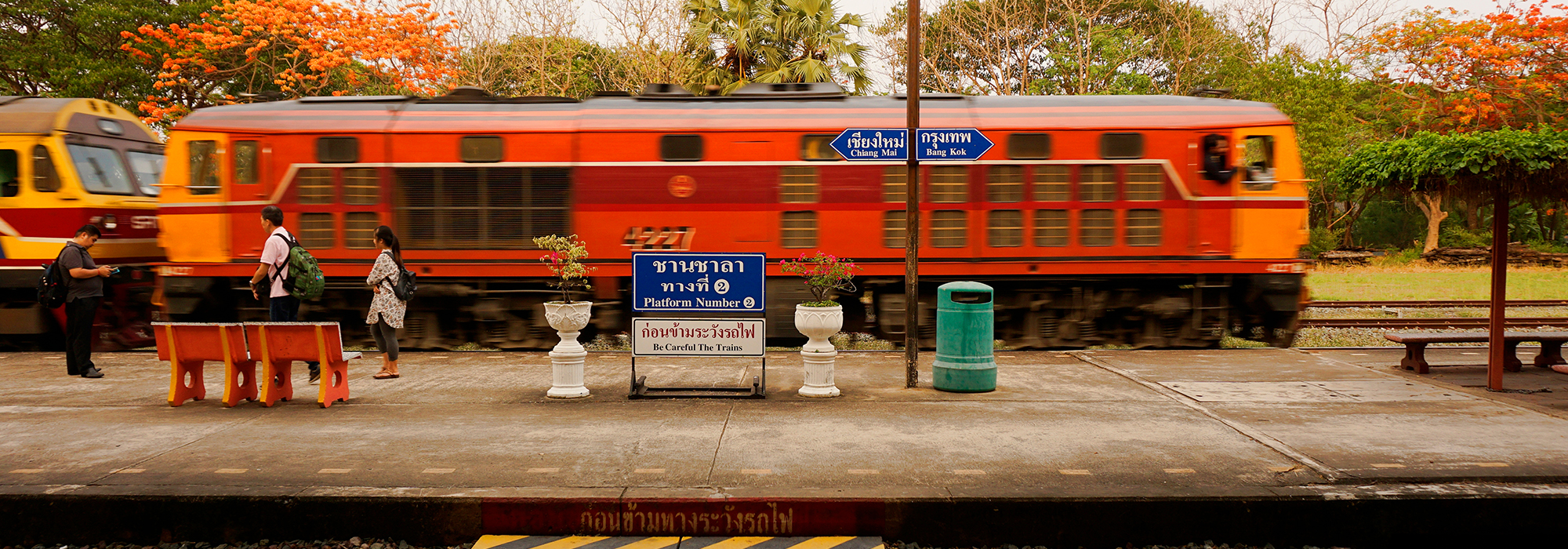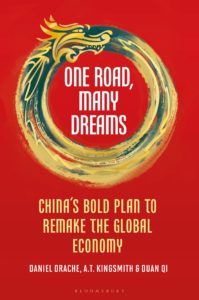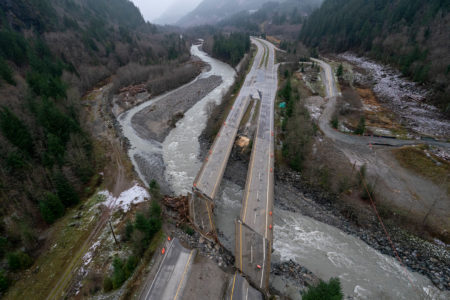
Five years into the Belt and Road Initiative (BRI), China faces many accusations that it is using its “debt-trap diplomacy” to hold partner states captive. Western experts estimate that the final cost will exceed $8 trillion. But the People’s Republic of China’s strategy of investing billions in more than 15,000 projects in 152 countries – on roads, bridges, dams, fibre-optic cables, ports, and schools – has not forced any of its investment partners to quit despite growing indebtedness. As we highlight in our book, One Road, Many Dreams, about 40 percent of the BRI’s members are among the least developed countries in the world.
Canada shouldn’t underestimate what is happening. Ottawa has paid too little attention to the complexities and importance of the BRI, and is making a serious mistake in not seeing that Beijing’s global initiative offers important opportunities for Canada to work alongside both China and the least developed countries in the world to develop critical infrastructure projects. Beijing gets a bad rap. But are China’s critics in the business press exaggerating when they say countries are being put in financial jeopardy?
The least developed countries are by definition high-risk economies
Debt distress is a very slippery term. Poor countries are high-risk economies ravaged by civil war, primitive infrastructure capacity and most often without easy access to global markets. Many of China’s partners are weighed down by earlier loans and debts from multilateral financial institutions and are heavily indebted.
Yet even the Chinese are worried about the viability of some of these major infrastructure projects and have issued a number of International Monetary Fund (IMF)-like guidelines about debt sustainability and the dangers of ill-planned endeavours. In a comprehensive studyeconomists at the Rhodium consultancy reviewed 40 cases of external debt renegotiated between 2007 and 2019, and found there was only one case of asset confiscation, in Sri Lanka. Even there, negotiations with China are underway to find a solution. Beijing has been open to renegotiating about $50 billion of loans to the surprise of many China watchers. In these cases, debts have been cancelled or payment deferred.
Renegotiating debt with its BRI partners
China is more willing than the IMF to renegotiate the terms of loans, willing to re-examine deals on a case-by-case basis, a notably rare practice. In Pakistan for example, interest rates fell from 2.4 percent to 1.8 percent in 2017, and so Beijing extended the loan payment payback period and forgave some of the debt. Beijing is in debt-reduction negotiations with Malaysia, Sri Lanka, Kenya and other countries. What is apparent is that the focus on “distress” gives the impression of an anxious individual, but many countries have the capacity to carry debt until the business cycle is more favourable to their export industries.
Still, many of the projects remain clouded in controversy because crony capitalism is on the rise across the globe as deregulation has weakened state financial governance of public contracts. Local elites are diverting public funds into their pockets perhaps on an unprecedented scale since the 2008 financial crisis. The BRI is still struggling with the need for strengthened accountability norms in awarding public contracts to conform to international standards. Beijing is in talks with the World Bank to address transparency issues in awarding public contracts.
China’s course correction: re-evaluating ROI
For the next five-year phase, Chinese authorities are looking for higher returns on their investments and are increasing their oversight in the management of projects. Yet global media attention has been focused on the things that have inevitably gone wrong. For example, there was the development-fund controversy in Malaysia that contributed to the ousting of prime minister Najib Razak in May 2018. In spite of instances like this, however, it would be a costly mistake to wholly ignore the BRI’s successes. In the first five years, China built 200 hydroelectric dams, 41 gas and oil pipelines and 203 railway lines, roads and bridges in Africa and South and Central Asia. It is also short-sighted to underestimate China’s soft power advantages that have come from its leadership role in global development and poverty eradication.
However, long-term BRI governance issues persist with respect to community development, the dislocation of people in major cities and often indifference to environmental concerns. In Kenya, Tanzania and the Maldives, public resentment toward China has grown. Chinese investment is often perceived as “the ugly foreigner” putting small- and medium-sized enterprises out of business. Some of the reaction can only be described as xenophobic. In Africa in particular, where more than one million Chinese now live, inevitable tensions have flared up between locals and the diaspora.
Beijing is very far from its long-term strategy of replacing global multilateral institutions such as the World Trade Organization with different rules and goals that are more favourable to Africa, Asia and beyond. In the first five years, Beijing’s initiative has been non-confrontational and pragmatic. It does not require any loyalty tests from its 150-plus member investment club and is flexible on the terms and conditions it offers. It has no one-size-fits-all template for its policy banks when signing deals to build dams, hydroelectric plants, railways, sanitation facilities, sports stadiums and more. Beijing does not require cuts to a partner country’s social welfare programs or impose other austerity goals.
For countries in Africa and Asia, the Asian Development Bank has warned of a $40 trillion infrastructural deficit, and China is now the world’s largest infrastructure investor. By comparison, the advanced industrial world is spending a fraction on global infrastructure investment; it is not pulling its weight. Compared to the Marshall Plan’s $130 billion investment in current dollars, the BRI surpasses it in scale and imagination.
Roadblocks ahead
The Chinese model of global and regional development relies on state-owned enterprises to deliver hundreds of complex infrastructural projects from the planning stage, through construction, financing and after-service management. In the next five years, this could change with China looking for Western investment from public and private institutions.
It is only natural that some of China’s bilateral projects will fail because in the world of infrastructure development, a 100-percent success rate is not possible. There are too many uncertainties and roadblocks preventing projects from being built on time and within budget. Chinese debt is a big problem for the domestic policies of partner countries as local governments working with China struggle with dangerously high debt loads. And China could have the same problem externally, lavishing a trillion-plus dollars on infrastructure projects abroad.
The question is what will be the long-term impact on regional integration of the world’s largest Keynesian stimulus program? Will it eradicate poverty? Integrate neighbouring economies with these infrastructural corridors? Launch some of the least developed economies on a different growth trajectory? Financially, is it sustainable?
It will take more than another decade to definitively evaluate China’s successes or failures with the attention that it deserves. In the meantime, Canada, like every country, needs a strategic response to China’s global infrastructural initiative. As yet, it doesn’t have a well-thought-out answer. The newly formed Canada-China parliamentary committee should make the BRI a foreign-policy priority and propose a set of recommendations to the Trudeau government from an international development perspective. China’s infrastructural-driven diplomacy is too important to underestimate as it gathers momentum for the decade ahead.
Photo: The Chiang Mai-to-Bangkok express train stopping in Lamphun, Thailand. The railway was built with funds from the Belt and Road Initiative. Shutterstock by Amnat Phuthamrong
Do you have something to say about the article you just read? Be part of the Policy Options discussion, and send in your own submission. Here is a link on how to do it. | Souhaitez-vous réagir à cet article ? Joignez-vous aux débats d’Options politiques et soumettez-nous votre texte en suivant ces directives.









